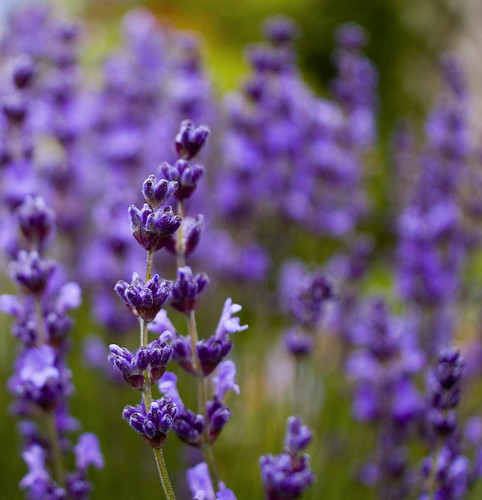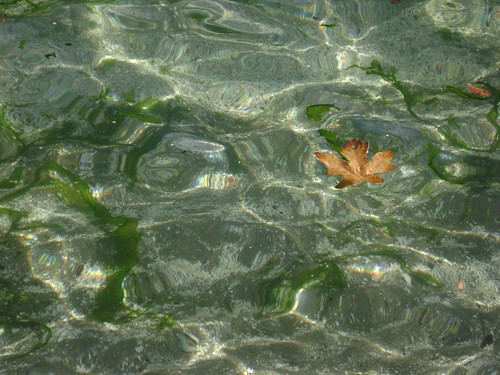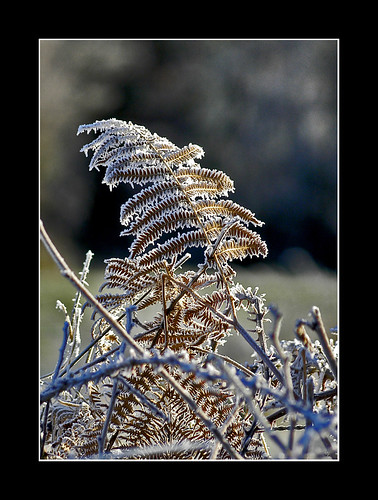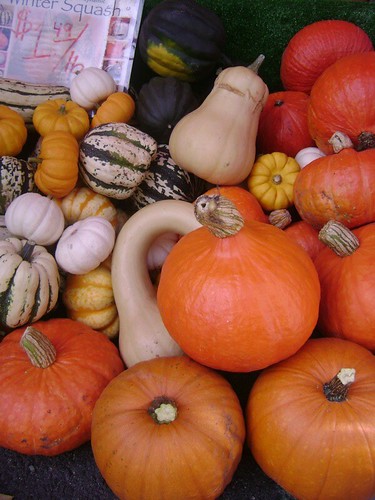Whether it’s because there is too much to do or too little – lists are always good. They give you a sense of direction when you lack one, and even better – help you pick a direction when there is too much chaos!
It’s no wonder lists always show up more often at the beginning or the end of a year, as a reflection or a way to find a new sense of purpose, even in the most vane and superfluous realms of life such as fragrance and fashion…
This time of year, when the wooly sweaters make a come-back and some days even a pair of tights isn’t a bad idea – we look for a perfume that reflects the most moody of all seasons. Annual lists are particularly interesting, because they show us what happened in that 9- month gap of the seasonal cycle. What’s new? What stayed the same?
One thing is evident - my choices for Autumn usually include more than one perfume that is either spicy, leathery or chypre. Several years ago I’ve also discovered the charm of a coumarin overdosed fougere during this temperamental and impulsive yet introverted and mellow-mooded season. These types of fragrances (i.e.: chypre, fougere, leathers) always make me feel confident and strong. Something that is much needed when facing a long, dark, cold and wet winter. Spices add warmth and also sweetness that is both cozy and comforting.
However, some things have changed indeed. First of all, some new perfumes! Perfumes that I haven’t been wearing regularly before (either from lack of interest or because they are relatively new – or at least to me). Than, I notice some craving of more simple scents. Even a Chypre gal can play down her sophistication sometimes… There is also the odd uber-fresh and dry choice, which is odd but it just shows that even I can surprise myself from time to time.
Tokusen Body Incnese (Shoyeido)The house of
Soyeido has been preparing premium incense blends for Japanese monks for the past three hundred years.

According to their
site,
“Shoyeido's traditional body powders are derived from recipes created two centuries ago in an esoteric temple on Mt. Koya. Made completely of natural ingredients such as cloves, cinnamon, patchouli, sandalwood and borneo camphor, they enhance awareness, clarity and purification. To use, apply a small portion on the ear lobes or on the wrist.” Apparently, as Persephenie from
Blunda (which is where you can get both the perfume and the ebony powder box for travel and elegant & economic application of this unusual dry perfume) explained to me, monks used this to purify their hands before prayer, meditation and touching others (though it is not quite clear whom and why – perhaps their teachers? Or saints?). One thing I know for sure: wearing this body incense makes me acknowledge the sacredness of my body more than any other perfume ever did. As for the scent itself – it is at first very camphoreous, woody and musty. Once applied, the camphor evaporates quite fast, transforming into a sweet and spicy perfume.
Bois des Îles 
My most sophisticated choice for the season.
Bois des Îles has enchanted me with its rich woods (sandalwood, vetiver) and classic aldehydic floral notes (ylang ylang) and just a touch of spices in a most deliciously subtle way. It was said before me that there is a little of the “gingerbread” feel to Bois des Îles.
Basenotes, to which the image to the left is credited, goes as far as listing it as a note. And it’s true. Nutmeg and ginger and a very controlled pinch of cloves create that sensation, but in the most abstract of ways. Don’t expect a gingerbread man to pop up with colourful candy-buttons any moment – you’ll be only getting a gentle waft from a remote oven, like a flash of a childhood memory…
L de Lolita Lempicka
Despite its very simplistic composition (as far as notes go, I can only smell 5 components: cinnamon, sweet orange, vanilla, musk and immortelle), L is a perfume with a potent synergistic power, with a beauty that has nearly therapeutic side effects. Something I very rarely encounter with fragrances of such synthetic composition. The body line is coming out any day now to The Bay in Canada, and even though I hardly ever use any scented body products, I will be one of the first to jump on the opportunity to have another nose-candy around to smell whenever I seek comfort and a quiet, peaceful moment of happiness. As an interesting note, this is the one perfume I got this year that I'm about to empty its 1oz spray bottle. I even went as far as aquiring the (painful to open but blissful to wear!) flacon as pictured above. It looks better in real life.
Pure TurquoiseThose who know me well enough know I’m not a Ralph Lauren material. To me Ralph Lauren represents a culture that not only am I not a part of, but it was never an intriguing one for me either. I will probably never be the type of lady who wears Ralph Lauren clothes, attends Yacht Club galas and plays golf and tennis. I will gladly leave that to
5'10" ladies like
Natasha.

Tags and preconceptions aside, I really do like his latest “serious” perfume launch (putting aside all the teenager targeted ones which I wasn’t even able to follow!) –
Pure Turquoise. The only thing jewel-like about this perfume is its extreme coolness. Like a semi-precious stone that is looked at rather than worn, it is cold, yet very appealing. There is a salty feeling about it, which has nothing to do with fall except that I’m really enjoying it these days! I find it to be an excellent all-purpose fragrance. With its intense grapefruit opening (reminiscent of Herbal Essence shampoo!) and clean patchouli base it is utterly non-sweet, which is sometimes all I really need. The pure parfum is outrageously priced, especially in Canada (for a mere $425 – keep in mind that the Canadian currency is stronger than the USD these days!). I was especially lucky to find this on eBay for a fraction of the price, because there is nothing more sensually bracing than gliding a smooth cold piece of glass dipped in concentrated juice across one’s skin…

This list will not be complete without something to scent the room when you are cuddling with a good book after a hard day at work. I've just discovered
Gabriel's Aunt line of naturally scented candles, and I have to share with you the excitement of finding an interesting scent in the realm of naturally scented candles. These burn with a delicate, radiating throw and emit a gentle scent even when are not burnt. My favourites are the more summery ones, but I have to mention both Hugs & Kisses (cardamom, sweet orange and cloves) and Slow Dance (Sandalwood & Patchouli). The latter is an interesting thing to burn while wearing your
Bois des Îles.
Labels: Blunda, Body Incense, Editor Picks, Fall 2007, Lists, Shoyeido
 Visit CBC's Living in Toronto to get tips from Marian Bendeth about how to pick a scent for your significant other.
Visit CBC's Living in Toronto to get tips from Marian Bendeth about how to pick a scent for your significant other.
































